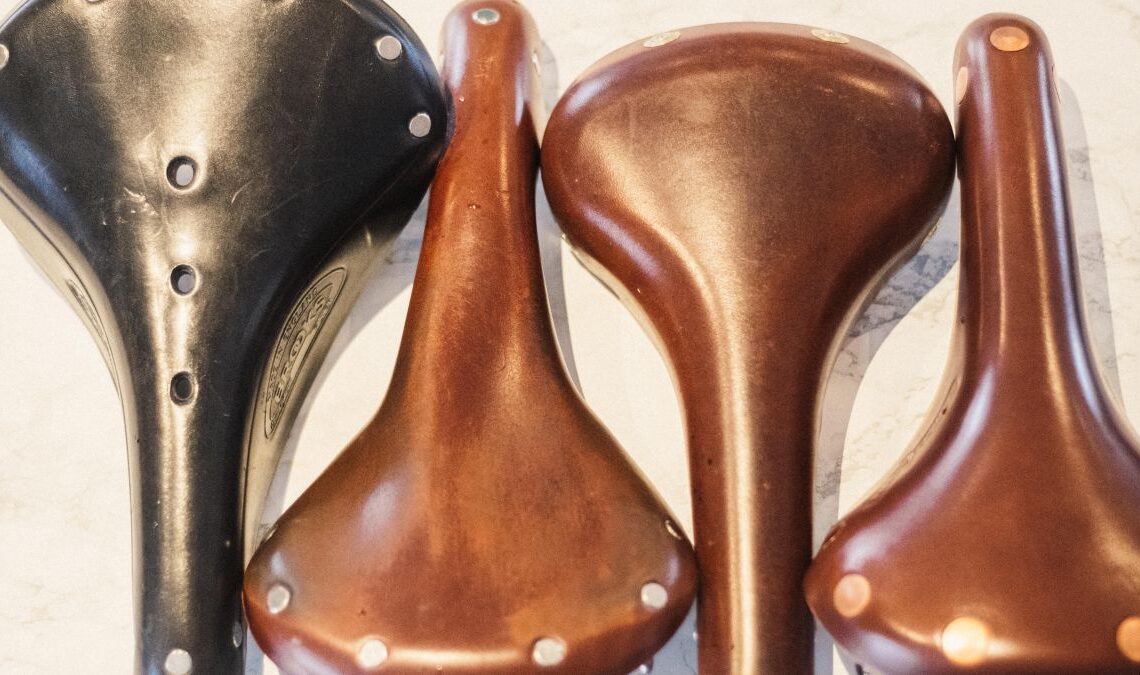There are very few things in life I am evangelical about. Rim brakes being perfectly adequate, even preferable in some cases, is one of them, and leather saddles is another. Pop punk from the 2000s is also definitely on the list, but that’s not really relevant here. We have a guide to the best road bike saddles, and the best gravel bike saddles too, neither of which really showcase the advantages of a leather saddle, so I’m going to devote a whole guide to them here.
I’ve tried a pretty wide array of leather saddles over the years, I’ve gone through the break-in process many times over, and I’ve picked up some tips and tricks that’ll help you on your way. If you’re leather curious, or you’ve got a new bike that’s come with a leather saddle and want to get the best out of it then read on and it might just change your riding life.
Should I use a leather saddle?
I’d never be so bold as to tell anyone what to do with their own bottom; saddles are a deeply personal choice after all, perhaps the most of any bike component. A saddle that’s a comfy armchair for one person may well be intolerable for someone else. It’s about finding the sweet spot of shape, padding, and your position on the bike. Personally and professionally I’ve tried more saddles than I can recall, and none of them, for me, match the comfort offered by a broken-in leather saddle.
While synthetic saddles are a set shape, leather saddles work in a very different way. The upper-shaped piece of leather is suspended above the rails and held in place at the nose and the rear. Tension keeps it in place, but with age and use the leather softens and slowly the saddle forms to your specific anatomy, much like breaking in a pair of leather shoes. The leather is either riveted or bolted on, and this is where the phrase ‘on the rivet’ originates from; riders, while making big efforts, would literally be sitting on the rivet at the nose of their saddles.
If you struggle with saddle comfort and you’re willing to take a hit on weight then a leather saddle may well offer a big improvement. From my own experience, I have always suffered from saddle sores on my right sit bones more or less regardless of the saddle I use. When I swapped to leather I noticed that the right side of the saddle became broken in far more prominently than the left, leading me to deduce that I have a functional…
Click Here to Read the Full Original Article at CyclingNews RSS Feed…

